Collaboration between Klimate and Sympower for CO2 emissions removal

Klimate.co is helping us remove our operational emissions.
Amid the climate crisis, carbon removal has been a topic of discussion for the past years. At Sympower, we are strongly driven by the vision of a sustainable world and, as part of this vision, are actively involved in removing our operational carbon emissions.
Collaboration with Klimate
Sympower is actively making the energy transition possible. As a flexibility provider, we gather and connect electrical assets, which allows us to unlock their inherent flexibility. With that, we create extra revenue streams for our customers, balance the power grid, and make space for more renewables to enter the market. In 2021 alone, we directly prevented the emissions of 29.000 tonnes of CO2 into the atmosphere (avoided because of large, fossil-fuel power plants not having to provide flexible capacity to the grid), as well as preventing further CO2 emissions by facilitating the integration of more renewables into the energy system, promoting energy efficiency, and helping decrease reliance on fossil fuels.
While our services enable significant CO2 emission savings, we are aware of the operational emissions that we generate as a company that, although significantly smaller than the emissions we help save, we do not ignore. Recognising that every effort matters and the urgency of the climate crisis, we find it essential to calculate our CO2 emissions to become conscious of their main contributors, to help us decrease them over time, and remove the remaining ones.
Emissions removal vs. emissions compensation
Klimate is a Denmark-based company that offers carbon removal services. Unlike other companies operating in the field, Klimate does not offer CO2 emissions compensation (credits from renewable energy installations, clean cookstoves or other projects that result in a reduction of future emissions). Instead, Klimate focuses on carbon removal: actively removing the CO2 from the atmosphere, storing it, and preventing it from being re-emitted. The services offered by Klimate allow companies to align their removals strategy with the Science-Based Targets initiative and are based on the Oxford Offsetting Principles:
- Ensuring that all offsets are of the highest possible quality.
- Exclusively offsetting through carbon removal, meaning that CO2 is actively removed from the atmosphere.
- Sourcing carbon removal methods that are as permanent as possible within the current financial and technological restraints.
- Leveraging the investment in high-potential removal technologies to send a market signal and further develop these technologies.
Emissions removal process
Step one: Calculation
Our emission removal process is split into a few stages. We start by identifying our main sources of Scope 1, Scope 2 and Scope 3 CO2 emissions:
- Scope 1 - server emissions (where our platform is hosted);
- Scope 2 - emissions from our office spaces;
- Scope 3 - emissions from our business travels (lease cars and flights)
As a software company, we host our platform on AWS servers. Servers are responsible for significant CO2 emissions, linked to the high amount of energy they consume. Although AWS has a commitment to sustainability, they are quite in an early stage and they are far from being 100% renewable energy-powered, so we find it important to remove our emissions linked to hosting our software on AWS servers.
Based on these factors, we have created a calculation tool which we update with every year’s values to get a reasonable estimate of our emission from each of these sources.
Step two: Portfolio selection
Together with experts from Klimate, we have selected the emissions removal portfolio most suitable to us: the permanent portfolio, which is exclusively composed of methods that remove emissions with a permanence of at least 100 years with some of the portfolio having a permanency of millennia. The three removal methods of the permanent portfolio are Biochar (heating waste biomass to turn it into biochar which, applied to soils, stores carbon for a long time), Bio-Oil (locking carbon up by heating up biomass and then storing it underground) and Direct Air Capture (using large fan-like machines to pull CO2 directly out of the atmosphere).
Step three: Removal
At the beginning of every year, we finalise calculations for the previous year’s emissions and purchase the corresponding emission removals from Klimate. Klimate not only provides us with detailed reports of the removal methods we invest in and their suppliers, but also publicly shares these records on their website, which ensures the transparency of the removal process and guarantees that there is no double counting happening.
Purchasing carbon removals not only has the direct benefit of removing emissions from the atmosphere, but also the indirect benefit of sending a signal to the market that (high-quality) carbon-removal solutions are strongly needed and worth investing in. An example of that is Direct Air Capture - a permanent and highly effective yet still very costly removal method with very limited capacity. By creating demand for such solutions, we hope to pioneer them, help drive prices down and make them more accessible to many other organisations and individuals who want to remove their carbon emissions.
“I think that there is no one solution to the climate crisis. There is not a single group of people that needs to make a difference, it has to be a collective effort. If all of us come together, we have a good chance of reversing the damage. Collaborations such as the one between Sympower and Klimate are needed. In the end, we are all aiming for the same goal, only with different means.” - Simon Bushell, CEO, Sympower
While Sympower’s core services are aimed at CO2 emissions prevention, Klimate focuses on CO2 emissions removal. At Sympower, we recognise the need for collaborations such as this one as one of the necessary tools in facing climate change.
Other articles you might find interesting
-
 News15 March 2022
News15 March 2022PGGM invests €19 million in Sympower to accelerate European energy flexibility
Read more -
 News15 March 2022
News15 March 2022Sympower acquires Flextools, strengthens its energy flexibility leadership position in the Nordics
Read more -
.jpg?length=500&name=Smart%20Energy%20Solutions%20(4).jpg) News15 March 2022
News15 March 2022Sympower raises €21.3 million in oversubscribed funding round to broaden services and accelerate European expansion
Read more -
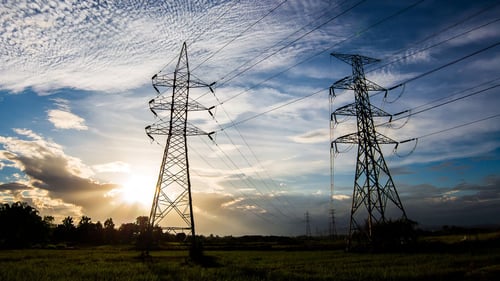 News15 March 2022
News15 March 2022Optimus Energy and Sympower Bring Over 230 MW to Greece’s Balancing Market
Read more -
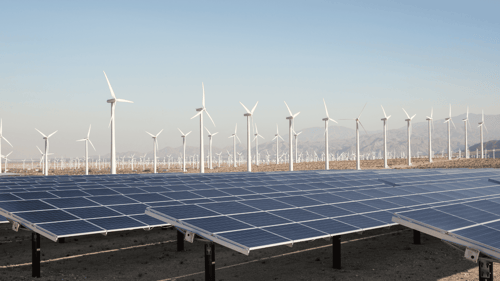 News15 March 2022
News15 March 2022"The Greek Demand Response Market will be one of the most financially interesting in Europe." - Explaining Demand Response in Greece
Read more -
.jpg?length=500&name=Smart%20Energy%20Solutions%20(2).jpg) News15 March 2022
News15 March 2022User-friendly Platform and Reduced Energy Costs: Outcomes of the Flex4Scale Project
Read more -
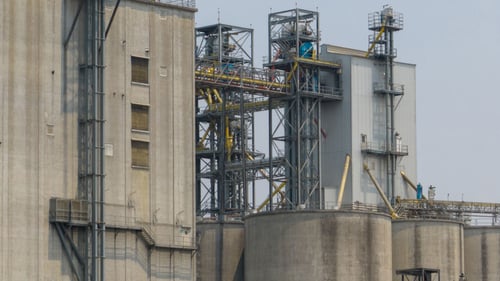 News15 March 2022
News15 March 2022Heidelberg Materials Hellas and Sympower Optimise Greece’s Balancing Markets
Read more -
 News15 March 2022
News15 March 2022Sympower Selected to Join the EIC Scaling Club Network as One of Europe’s Highest-Potential Deep Tech Scale-Ups
Read more -
.jpg?length=500&name=Smart%20Energy%20Solutions%20(3).jpg) News15 March 2022
News15 March 2022Smart Energy Solutions: scaling-up Sympower’s platform with the Flex4Scale project
Read more -
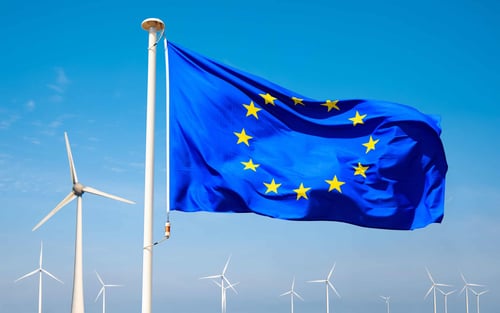 News15 March 2022
News15 March 2022Electricity Market Design Reform - the Role of Demand Side Flexibility and Storage
Read more -
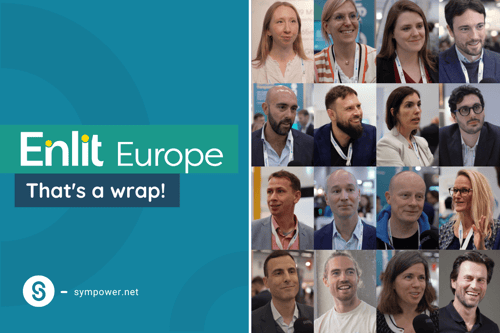 News15 March 2022
News15 March 2022Sympower Meets with Industry Leaders At Enlit 2022
Read more -
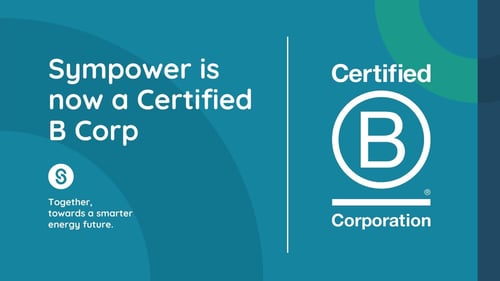 News15 March 2022
News15 March 2022Sympower joins the B Corp community
Read more -
 News15 March 2022
News15 March 2022Next stop: Norway
Read more -
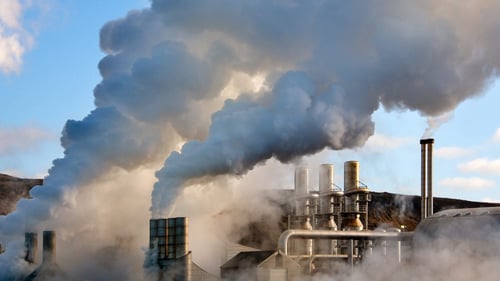 News15 March 2022
News15 March 2022Four founders explain the biggest hurdles to flattening the climate curve in 2021
Read more -
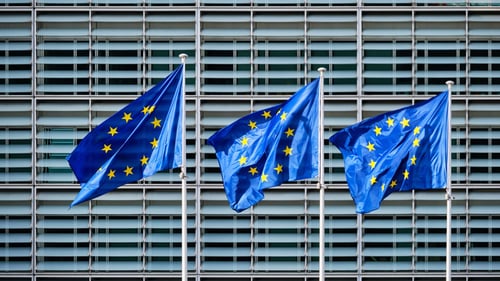 News15 March 2022
News15 March 2022Simon on PV Magazine – Why the European Commission should support independent aggregators
Read more -
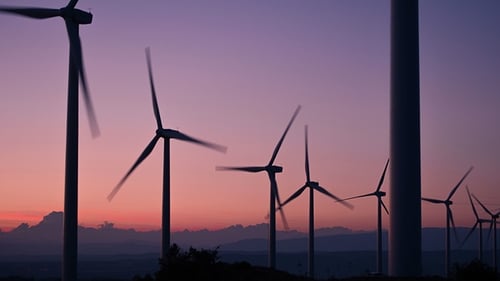 News15 March 2022
News15 March 2022Swedish electrification opens grid balance opportunities
Read more -
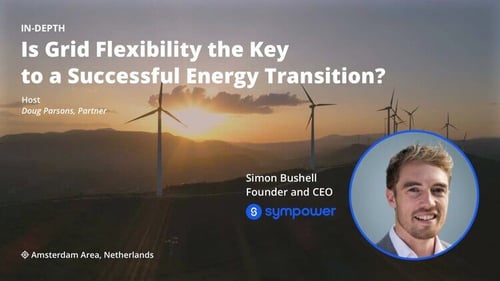 News15 March 2022
News15 March 2022Grid Flexibility and Climate Adaptation
Read more -
 News15 March 2022
News15 March 2022Sympower featured in “Leaders in Cleantech” podcast episode
Read more -
 News15 March 2022
News15 March 2022Our CEO Simon Bushell’s opinion piece on demand response in The Energy Industry Times
Read more
